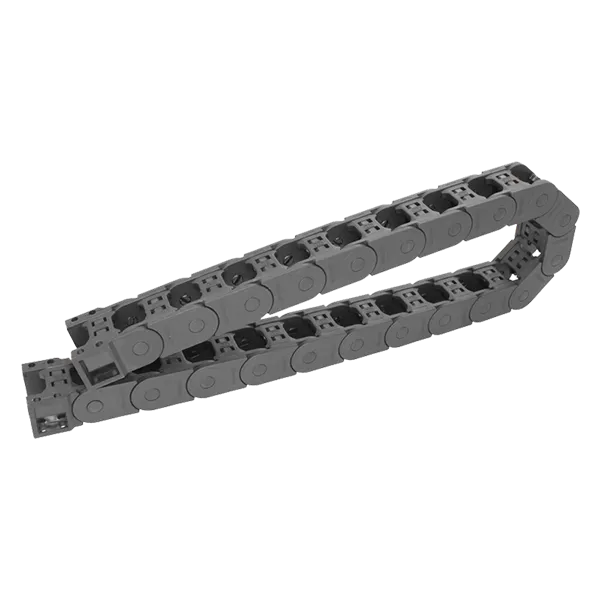flexible cable chain
Understanding Flexible Cable Chains A Comprehensive Overview
In today's fast-paced industrial environment, the need for efficient and organized management of electrical and data cables is more critical than ever. One innovative solution to address this challenge is the flexible cable chain, a versatile component designed to improve cable management in various applications. This article explores the characteristics, advantages, and applications of flexible cable chains, shedding light on their significance in modern industry.
What are Flexible Cable Chains?
Flexible cable chains, also known as drag chains or energy chains, are mechanical assemblies designed to guide and protect cables and hoses in dynamic applications. They consist of interconnected links that create a flexible conduit, allowing for a controlled movement of cables as machinery operates. These chains can bend and twist, accommodating the repetitive motion of machinery without putting stress on the cables they contain.
Key Features
1. Flexibility One of the standout features of flexible cable chains is their ability to flex and bend in multiple directions. This makes them ideal for applications where equipment moves in various directions, ensuring that cables are not pinched or damaged during operation.
2. Durability Made from robust materials such as nylon, polypropylene, or other polymers, flexible cable chains are designed to withstand harsh environmental conditions. They resist wear and tear, thus prolonging the life of contained cables and hoses.
3. Modularity Flexible cable chains come in various sizes and configurations, allowing for customization based on specific applications. Users can easily adjust their setups to accommodate different types and quantities of cables.
4. Ease of Installation Most flexible cable chains feature a simple installation process, making it easy for companies to integrate them into their existing systems. They often include mounting brackets and fittings that facilitate quick attachment to machinery or production lines.
5. Reduced Cable Wear By maintaining a controlled environment for cables, flexible cable chains help reduce wear caused by friction, tangling, and stretching. This results in lower maintenance costs and fewer cable replacements over time.
flexible cable chain

Advantages of Flexible Cable Chains
1. Improved Organization Flexible cable chains help keep cables organized and prevent them from becoming tangled. This not only enhances the aesthetic of workplaces but also contributes to safety by minimizing trip hazards.
2. Increased Mobility In dynamic environments such as robotics and CNC machining, flexible cable chains allow for unrestricted movement of equipment. They provide a reliable way to manage cables that need to follow moving parts without obstruction.
3. Enhanced Safety By protecting cables and hoses from mechanical damage, flexible cable chains contribute to the overall safety of the workplace. They prevent wear that can lead to electrical shorts or failures, reducing the risk of accidents.
4. Cost-Efficiency While the initial investment in flexible cable chains may seem significant, their ability to protect and prolong the life of cables ultimately leads to cost savings in maintenance and replacements. This makes them an economically sound choice for businesses seeking to optimize their operations.
Applications
Flexible cable chains are used in a wide range of industries, including
- Manufacturing In automated production lines, flexible cable chains guide electrical and pneumatic lines, facilitating seamless operation. - Robotics Flexible chains are essential in robot arms, where they allow for smooth cable movement and flexibility as the arm pivots and rotates. - Material Handling In conveyor systems, these chains manage cables for sensors and motors that control the system. - Telecommunications They are utilized in telecom towers and data centers, where organized cable management is critical for efficient communication.
Conclusion
Flexible cable chains represent a significant advancement in cable management technology, addressing the demands of contemporary industrial applications. By providing flexibility, durability, and organizational benefits, they are essential components that enhance productivity and safety in various environments. As industries continue to evolve, the adoption of flexible cable chains will likely increase, solidifying their place as a vital solution for modern businesses. Investing in flexible cable chains not only streamlines operations but also paves the way for safer and more efficient workflows.








